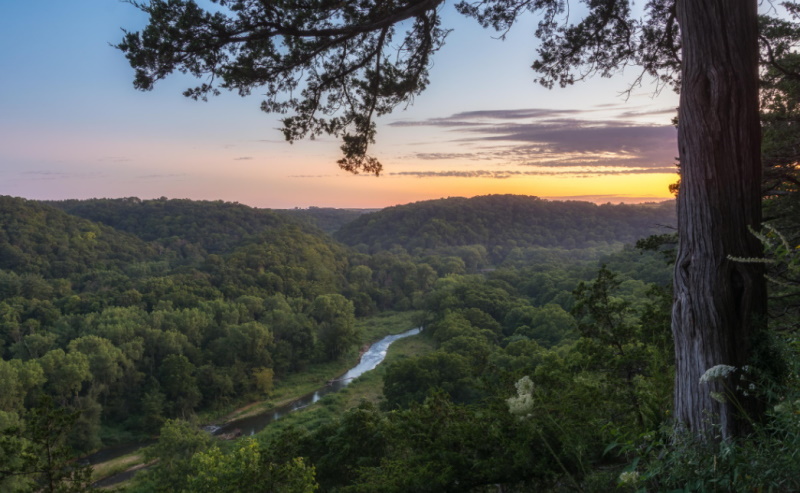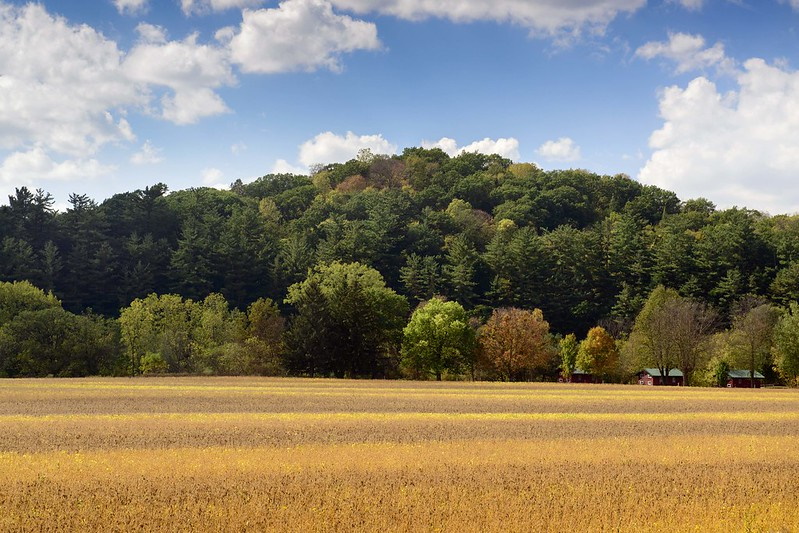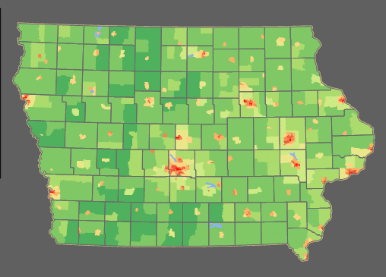
Human population density in Iowa
Years ago bigfoot researchers from western states were surprised by the number of sighting reports from states like Iowa until they saw the sighting areas for themselves.
There is enough forest habitat in Iowa to sustain the full spectrum of native midwestern flora and fauna but it's not evenly distributed
within the state.
The forest habitat becomes gradually more
abundant as you move from the drier prairie environs of northwest
Iowa towards the rainy southeast, closer to the Mississippi River. See the annual rain map below.
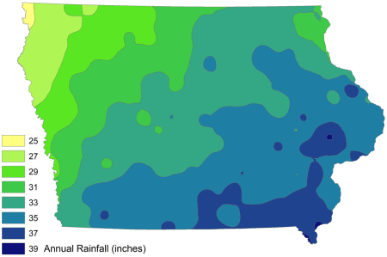
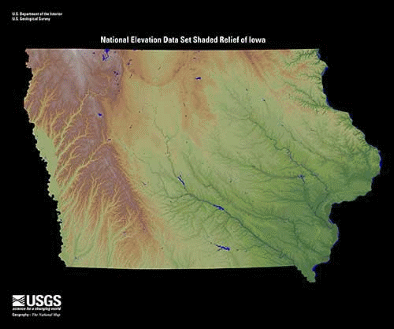
Every animal species in Iowa benefits from the corn farming even when the corn is not in season. Cornfields boost the abundance of animals, birds and insects that shelter in the forests during the day. Every herbivore, from mice to deer, forages for fallen corn throughout the year. Top level predators like bigfoots can exploit corn-boosted abundance even if corn is not a large part of their diet.
 |
| Bob Barhite - Iowa BFRO |
After co-organizing the 2014 Iowa expedition with Steve Moon, Bob
Barhite led the 2015, 2016 and 2022 Iowa expeditions at one of the
most reliable locations in the state. On the most recent trip little
activity until the final night
when eye glow was seen and rocks were thrown in basically the same
area where encounters occurred during previous trips.
There is no clear daylight or thermal footage from the prior Iowa expeditions but there are
dozens of sound recordings which Iowa bigfooters like to present
themselves.
Bob Barhite
knows all the Iowa report locations (published and not published) so
it will undoubtedly be a good bet for video and sound recordings and will draw experienced bigfoot researchers from across the midwest.
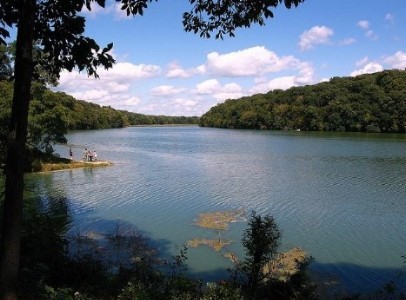 |
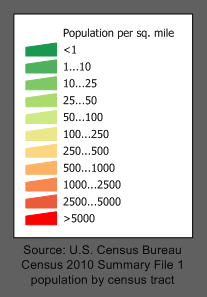
Iowa is the most sparsely populated state that borders the Mississippi River. Most of its three million human inhabitants are concentrated around a handful of urban areas. Everywhere else in Iowa is farmland and forest and widely scattered farm houses.
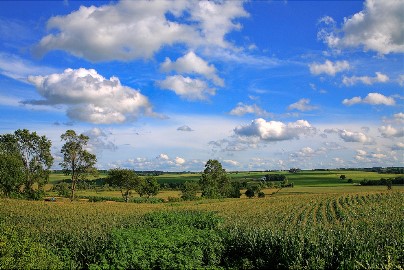
Large and small towns in Iowa are like small islands in a vast sea of agricultural fields and forests. 98% of the land has some type of plant on it, though nearly all of it has been altered by humans over the past 200 years.
In 2010 the most credible and accurate enviro-scientific organization in America, the U.S.Geological Survey said:
"Humans have altered the landscapes throughout much of the midwestern United States significantly since EuroAmerican settlement. Nowhere have landscape and habitat changes been more dramatic than in Iowa." (cite).
But in a state where biodiversity has diminished more over the past 200 years than in any other state, most herbivore species have thrived in the altered environment, especially deer.
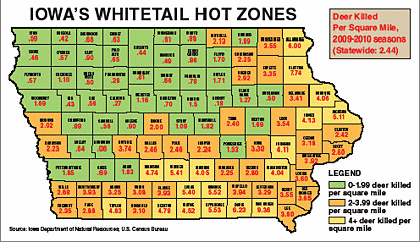
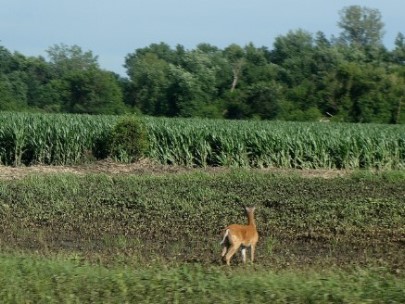
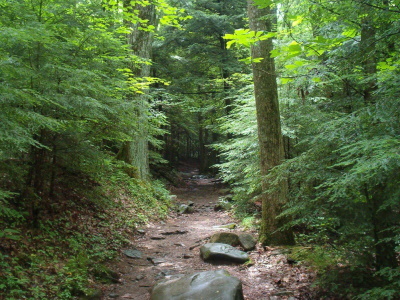
To register for the 2025 Iowa BFRO expedition see the Expeditions FAQ page.
|


















